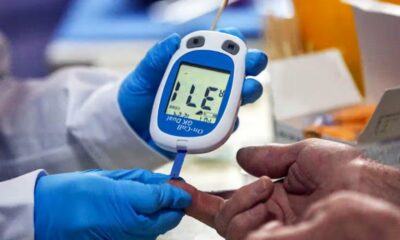Cardiology
Does Cardiac Illness Potentially Be Detected By Jellyfish?
-

 Diabetology2 weeks ago
Diabetology2 weeks ago6 Tried-and-True Summertime Diabetes Management Strategies
-

 Cardiology2 days ago
Cardiology2 days agoGlobal health: The Prevalence of Disease Risk Factors Like Excessive Blood Sugar and Hypertension Is Rising
-

 Pulmonology2 weeks ago
Pulmonology2 weeks agoWorld Asthma Day 2024: Ten Typical Triggers and Advice On How To Treat Asthma Symptoms
-

 Oncology2 weeks ago
Oncology2 weeks agoResearch Suggests An AI Model That Could Predict Whether Aggressive Breast Cancer Will Spread
-

 Neurology2 weeks ago
Neurology2 weeks agoAn Association Between Bad Sleep Habits and Dementia
-

 Cardiology2 weeks ago
Cardiology2 weeks agoScientists Have Found That Anger May Be Particularly Harmful To One’s Health
-

 Neurology4 days ago
Neurology4 days agoNeurological Disorders Could Worsen Due To Climate Change, According To Study
-

 Psy-Addiction2 weeks ago
Psy-Addiction2 weeks agoTips For Improving Your Mental Health and Well-being







